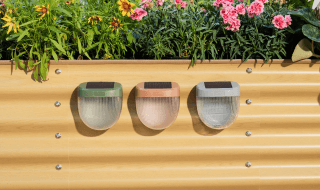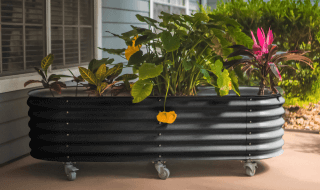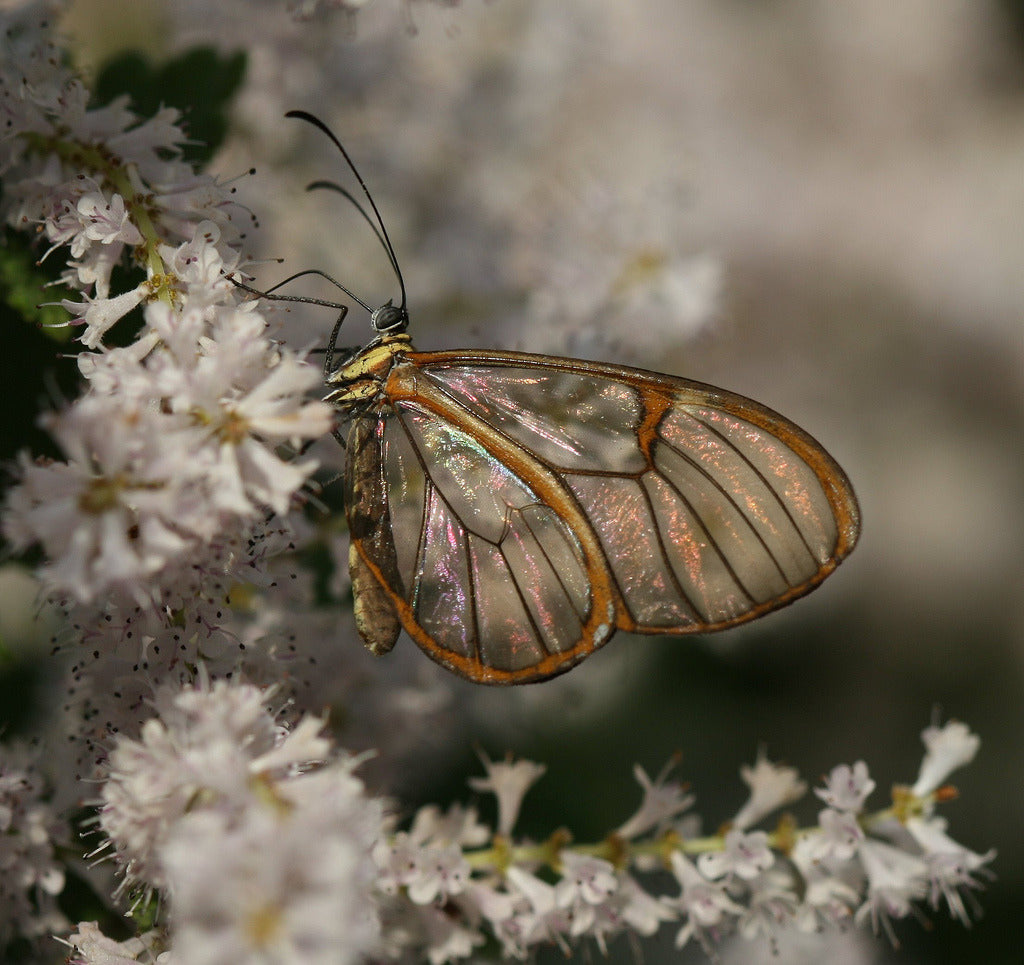Night-Blooming Flowers: 11 Top Choices for a Moonlit Garden
Night-blooming flowers are wired to only bloom fleetingly at night, fading away in the morning light.
Under the cover of night, they beckon pollinators and other night-time creatures with their fragrance.
Moonlit gardens reached their height during the Victorian era, when the ephemerality of life and its painful moments – pain, sorrow, and loss – was felt much more keenly.
Gardeners who relish the quiet and solitude of night will find solace in a moonlit garden. Here’s some key players you’ll want in your court.
Moonflower (Ipomoea alba)

A favorite choice of Texas gardeners, moonflowers put on a glorious show of full-bodied flowers, trumpeting the advent of dusk. These large flowers give off a lemony smell reminiscent of jasmine. The night version of morning glories, they are best displayed on a trellis, where they reside in lavish quantities, blooming, if only, for one night. To aid in germination, soak the seeds for several hours, then split the seed-coating. In humid zones, moonflower can become invasive, though this is not a problem in cooler climates.
Night-Blooming cereus (Epiphyllum oxypetalum)
The quintessential night-blooming flower, night-blooming cereus has been romanticized by many, blooming en masse only once a year, for a single night. For this reason, it is often overlooked except by the most ardent of gardeners. As elusive as it is beautiful, the Queen of the Night, native to the torrid climate of the Sonoran Desert, brings the heat of the tropics to your garden – and your home. Like many succulents, it is often grown as a houseplant.
Night jasmine
The night jasmine may be more diminutive than other night flowers, but its intense fragrance, which permeates the night air near a deck or patio, is indelible. Despite its name, it actually belongs to the nightshade family, alongside unlikely companions such as the tomato, pepper, and potato. Night jasmine is a low-maintenance plant that tolerates shade and moist soils. Under the right conditions, it can form dense thickets, leading Hawaii to denigrate it as invasive. If you’re apprehensive about its spread, raised garden beds can reliably contain it.
Dragon fruit

Many night-blooming cacti are commonly pollinated by bats and moths, and dragon fruit is no exception. With an ephemeral bloom cycle of only twelve hours, dragon fruit flowers quickly metamorphosize into scaly orbs of fruit. Its fruit, packed with antioxidants, gains the attention of gardeners and health enthusiasts. Gardeners who seek to cultivate this prickly cactus can do so in dragon fruit planters.
Night phlox
Night phlox is easy to introduce to an evening garden. Unlike other night-blooming flowers, night phlox can be easily started indoors in seedling trays three to four weeks before transplanting them outside. Emitting a delectable fragrance that practically smells like candy, night phlox is ideal as a border plant in low-lying areas, where its honey vanilla scent will serenade passerby.
Gardenia
Gardenias, spurred by the gentle Southern breeze, maximize their fragrance during the early hours of the evening. Though lovely, they can be notorious drama queens, and will only perform under certain conditions: fertile, acidic and well-draining soil; and hot southern regions, where they receive intense morning light and filtered shade in the afternoon. Yet, moth enthusiasts can anticipate a variety of fascinating moth species, readily lured in by the heavily-scented blooms. An efficient watering regimen can alleviate water stress and prevent flower drop in gardenias.
Tuberose

Four o’clock (Mirabilis jalapa)
With its variegated, colorful petals, four o’clock, commonly known as marvel of Peru, is a departure from the more ghostly hues of other night-blooming flowers. Its tendency to bloom in the late afternoon makes it welcome in a day garden. On days when the moon refuses to cooperate, raised beds can be accented with solar lights for that same luminous effect.
Red flare water lily

If your backyard comes equipped with a water feature, consider installing this mesmerizing specimen. These striking water lilies bloom in the heat of the night (zones 9 – 11), their large, magenta petals unfurling at dusk. Under moonlight, its petals become suffused with a red glow, transforming them into flares of light in the water.
Mock orange
The profuse amount of blossoms from a single plant, along with its rich, summery scent, make mock orange a favorite of gardeners and pollinators. As it flowers throughout late spring, it attracts an abundance of butterflies. A classic flowering shrub, its dense clusters of flowers help fill empty voids in the garden.
Angel’s trumpet (Brugmansia)

As beautiful as it is deadly, angel’s trumpet charts its celestial ascent with its curiously shaped flowers, ranging from pristine white to a sunset peach. And depending on your proclivities, its highly poisonous nature either repels or attracts – though its alluring fragrance surely does. A tropical plant that fares well in zones 8 – 10, it can nevertheless be cultivated in cooler climates if brought in for the winter.























































































Leave a comment